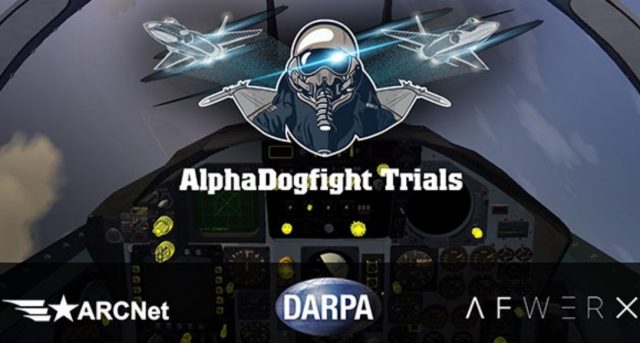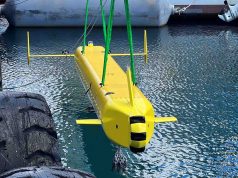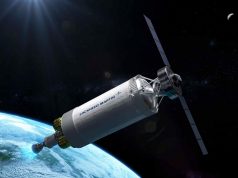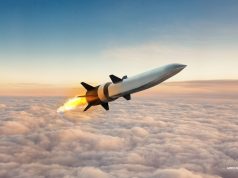The US Defense Advanced Research Projects Agency (DARPA) recently awarded contracts to five companies to develop algorithms enabling mixed teams of manned and unmanned combat aircraft to conduct aerial dogfighting autonomously.
Boeing, EpiSci, Georgia Tech Research Institute, Heron Systems, and physicsAI were chosen to develop air combat maneuvering algorithms for individual and team tactical behaviors under Technical Area (TA) 1 of DARPA’s Air Combat Evolution (ACE) program. Each team is tasked with developing artificial intelligence agents that expand one-on-one engagements to two-on-one and two-on-two within-visual-range aerial battles.
The companies’ algorithms will be tested in each of three program phases: modeling and simulation, sub-scale unmanned aircraft, and full-scale combat representative aircraft scheduled in 2023.
The contract awards follow a competition from August this year, in which artificial intelligence “pilots” soundly defeated their human counterparts in simulated dogfight scenarios. AI from Heron Systems was the overall winner of the event.
“The TA1 performers include a large defense contractor, a university research institute, and boutique AI firms, who will build upon the first-gen autonomous dogfighting algorithms demonstrated in the AlphaDogfight Trials this past August,” said Air Force Col. Dan “Animal” Javorsek, program manager in DARPA’s Strategic Technology Office. “We will be evaluating how well each performer is able to advance their algorithms to handle individual and team tactical aircraft behaviors, in addition to how well they are able to scale the capability from a local within-visual-range environment to the broader, more complex battlespace.”
The ACE program seeks to increase trust in combat autonomy by using human-machine collaborative dogfighting as its challenge problem, which also serves as an entry point into developing complex human-machine teaming. The program is implementing methods to predict, measure, calibrate, and increase human trust in the autonomy’s performance. Additionally, ACE will scale the tactical application of autonomous dogfighting to more complex, heterogeneous, multi-aircraft, operational-level simulated scenarios. These scenarios will be informed by live data, laying the groundwork for future live, campaign-level Mosaic Warfare experimentation.
“While much of the excitement surrounding ACE is based upon the success of AlphaDogfight Trials and the promise of autonomous tactical air combat, the program is ultimately focused on developing a protocol for teaching humans to trust autonomy and to develop more advanced human-machine symbiosis,” said Tim Grayson, director of DARPA’s Strategic Technology Office. “The award of these TA1 contracts represents the first step toward developing the AI side of that partnership.”
With the selection of the TA1 algorithm developers, performers for the program’s four technical areas are all now on contract. Performers for TAs 2-4 were selected earlier this year. TA2 performer SoarTech is developing experimental methodology for modeling and measuring pilot trust in dogfighting autonomy as well as novel human-machine interfaces (HMI). TA3 performers Dynetics and Lockheed Martin are developing a data set and model for large force exercise data analytics to evaluate how well TA1 algorithms scale to larger, more complex multi-aircraft scenarios. TA4 performer Calspan is supplying full-scale L-39 aircraft for Phase 3 of the program, with the goal of demonstrating TA1 autonomous dogfighting algorithms and TA2 HMIs on full-scale combat aircraft with a human safety pilot on board.
“In Phase 1, the different technical areas will be participating in AlphaDogfight Trials-like scrimmages of increasing realism as we mature the tech and continue to reduce risk for the transition to sub-scale unmanned aircraft less than a year away,” said Javorsek.



























